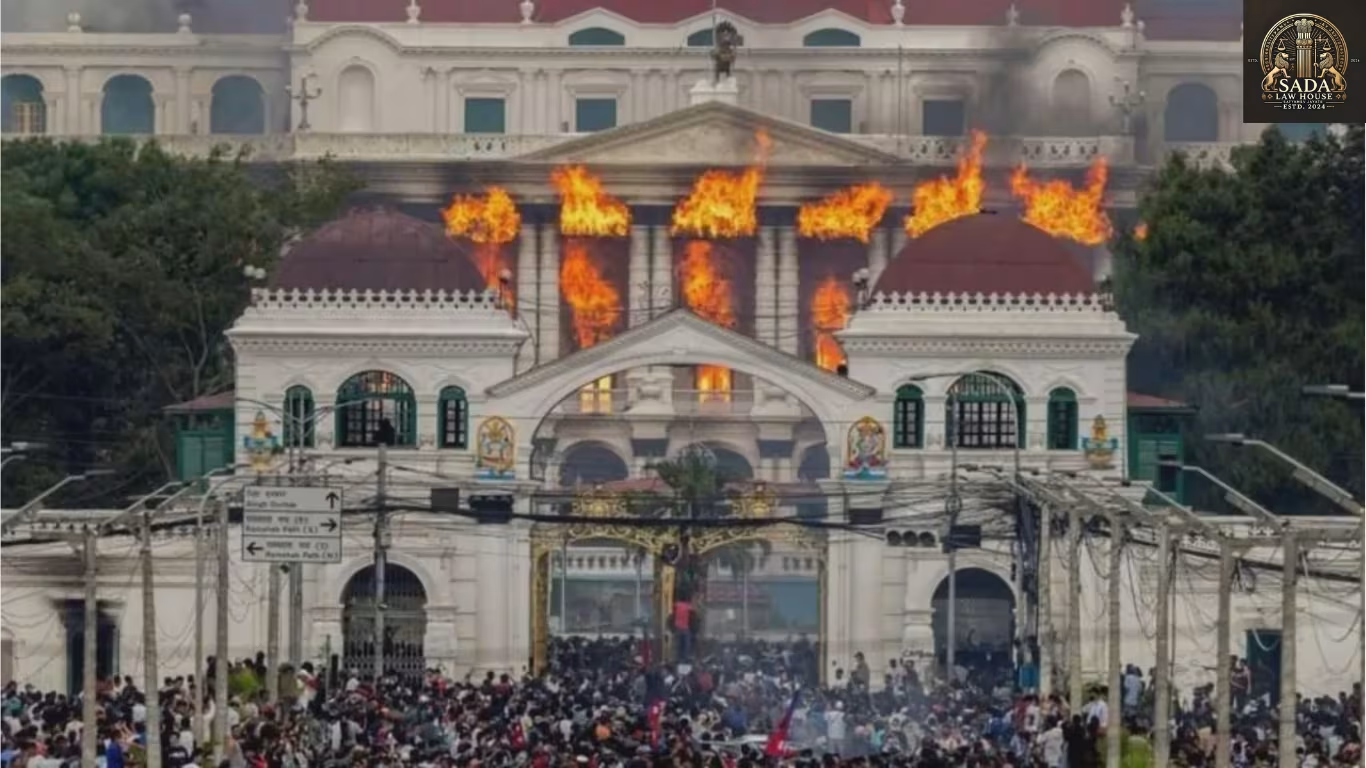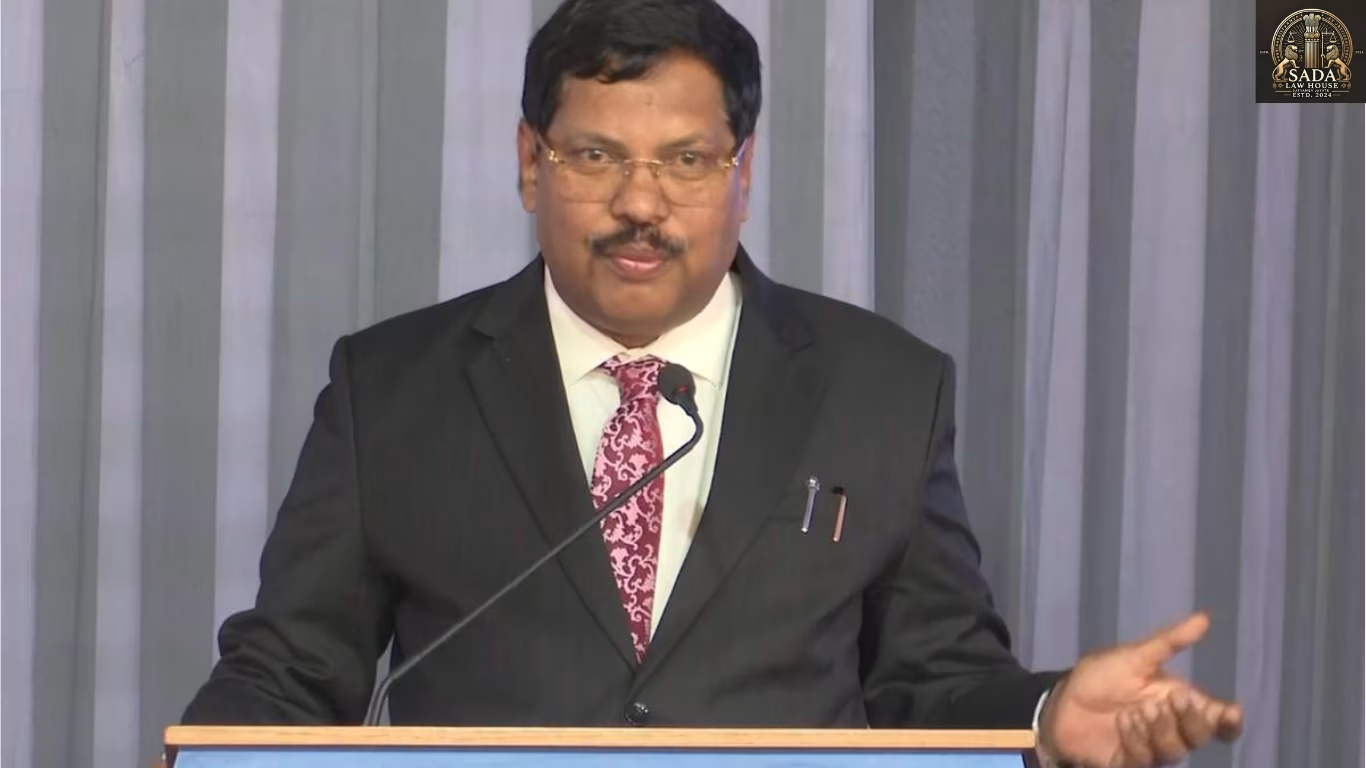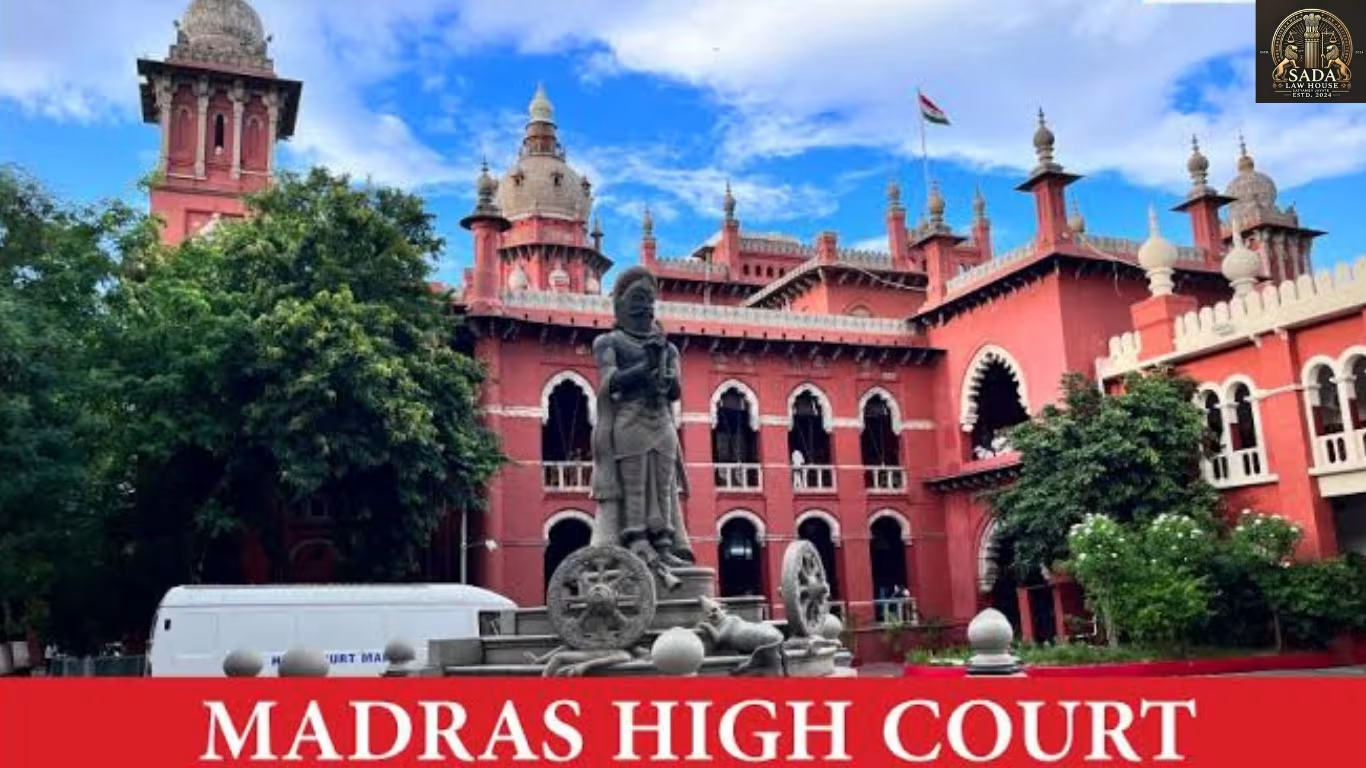Nepal’s Major Parties Demand Reinstatement of Dissolved Parliament
- Shivani Garg
- 15 September 2025

Introduction
Nepal’s fragile political order faces a new constitutional standoff after President Ram Chandra Paudel dissolved the House of Representatives on 12 September 2025, following the recommendation of newly sworn-in interim Prime Minister Sushila Karki. The move, made amidst intense youth-led protests, has triggered sharp opposition from Nepal’s largest political parties and legal bodies, who argue that the dissolution is unconstitutional and risks deepening the ongoing crisis.
Background: Dissolution and Interim Setup
The dissolution came on the same day Karki — Nepal’s first woman Prime Minister and a former Chief Justice known for her anti-corruption stance — was sworn in. Her appointment followed weeks of escalating “Gen Z protests,” initially sparked by a controversial social media ban but fueled by anger over corruption, nepotism, and youth unemployment. Fresh elections have been scheduled for March 2026, with the interim government tasked to stabilize the nation until then.
Opposition from Major Parties
Eight of Nepal’s leading political parties — including Nepali Congress, CPN-UML, CPN (Maoist Centre), CPN (Unified Socialist), Janata Samajbadi Party, Janamat Party, Loktantrik Samajbadi Party, and Nagarik Unmukti Party — issued a joint statement condemning the dissolution. They termed it a violation of the Constitution, specifically Article 76(2), and demanded the immediate reinstatement of Parliament. The parties insisted that the grievances of protestors must be addressed through parliamentary debate and reform, not through what they describe as “extra-constitutional maneuvers.”
Legal Community’s Criticism
The Nepal Bar Association (NBA) has also strongly opposed the dissolution. It called the President’s decision “arbitrary” and warned that it undermines constitutional supremacy, the separation of powers, and public trust in Nepal’s federal democratic system. According to the NBA, dissolving Parliament before its term ends is an erosion of democratic achievements that could set a dangerous precedent for executive overreach.
Constitutional & Political Arguments
Article 76(2) Concerns: Opposition leaders argue that the Constitution does not allow arbitrary dissolution without meeting strict conditions.
Supreme Court Precedents: Critics cite earlier rulings where the Court overturned dissolutions that exceeded constitutional limits.
Call for Parliamentary Mechanisms: Parties demand that protest-related grievances be resolved through established constitutional and legislative channels rather than interim executive orders.
Conclusion
Nepal now faces a critical juncture. While the interim government seeks legitimacy through scheduled elections, opposition parties and legal experts insist that restoring Parliament is essential to preserving constitutional order and addressing citizens’ concerns. The standoff between the executive’s push for dissolution and the opposition’s call for reinstatement underscores the fragility of Nepal’s democracy at a time when youth unrest and public distrust are already at boiling point.






